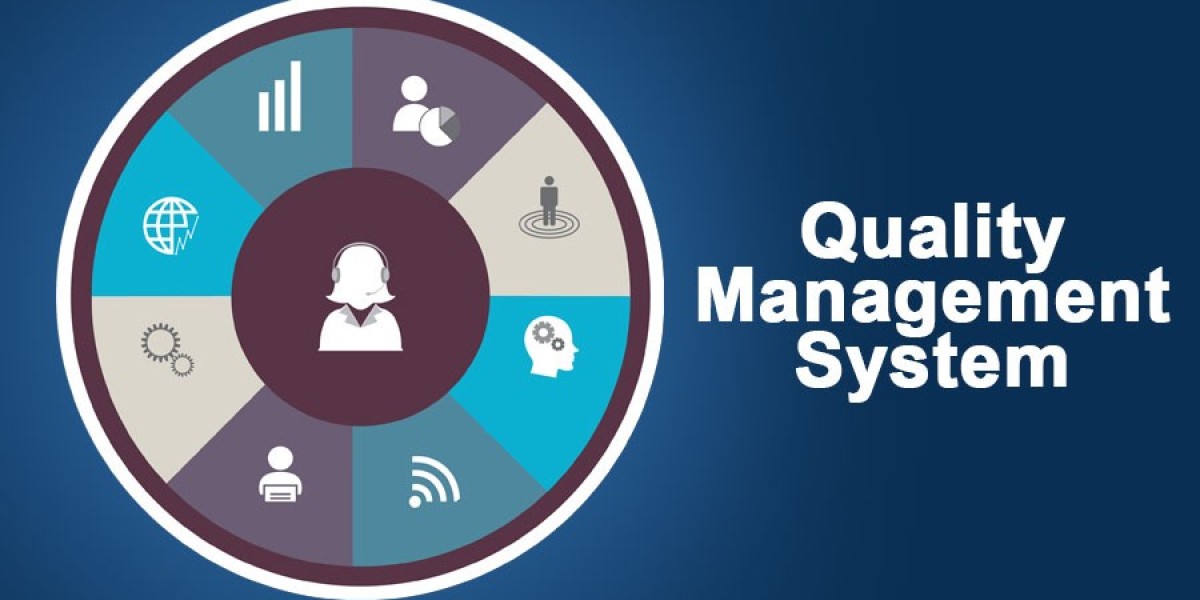Table of Contents
Introduction: Why Medical Quality Management Matters
What Is a Medical Quality Management System?
Key Elements of an Effective MQMS
ISO 13485: The Gold Standard in Medical Quality
Benefits of Implementing an MQMS
Aligning MQMS with Other Compliance Needs
Industry Applications: Real-World Use Cases
Implementing MQMS: Step-by-Step Approach
Final Thoughts
FAQs
Introduction: Why Medical Quality Management Matters
Let’s get real: when it comes to medical devices, quality isn’t a luxury—it’s a necessity. Whether you're making syringes or surgical robots, lives depend on the reliability and safety of your products. That’s where a Medical Quality Management System (MQMS) comes into play.
In this article, we’ll break down what MQMS actually is, why it matters, and how businesses—especially small ones in the UK—can use it to stay compliant, competitive, and trustworthy. Ready? Let’s dive in.
What Is a Medical Quality Management System?
A Medical Quality Management System is a structured framework designed to ensure the safety, performance, and reliability of medical devices throughout their lifecycle. Think of it as the backbone of your quality assurance strategy—it tracks, monitors, and improves everything from design to delivery.
Why it matters
You can’t afford to guess when patient safety is on the line. An MQMS ensures that processes are documented, risks are managed, and every device meets both customer expectations and regulatory requirements.
Applicable standards
The cornerstone here is ISO 13485 certification, which defines the international requirements for a quality management system specific to the medical device industry.
Key Elements of an Effective MQMS
To be clear, not all quality systems are created equal. A solid MQMS should cover the following:
1. Risk-based thinking
You need to anticipate what could go wrong before it happens. This ties in tightly with Occupational risk management and Risk management ISO 27001 strategies.
2. Documentation control
From procedures to policies, you’ll need everything documented. If it’s not written down, it doesn’t exist.
3. Supplier management
Your devices are only as good as your weakest supplier. Vet them well and regularly.
4. Device safety and performance
It’s not just about meeting standards; it’s about proving performance. Your device needs to do what it claims—safely and consistently.
5. Corrective and preventive actions (CAPA)
Mistakes happen. A good MQMS doesn’t just fix them—it prevents them from happening again.
ISO 13485: The Gold Standard in Medical Quality
ISO 13485 certification is the industry gold standard for MQMS. It ensures that every part of your device lifecycle—from design and development to production and post-market surveillance—follows internationally recognized practices.
How it supports your business:
Ensures data security compliance
Builds confidence among regulators and customers
Simplifies disaster recovery planning and risk assessment
Opens doors to international markets
In the UK context
Whether you’re targeting NHS contracts or looking for ISO certification services for small businesses UK, ISO 13485 is your ticket in.
Benefits of Implementing an MQMS
Here’s what you gain when you implement a Medical Quality Management System:
Improved product quality: Fewer recalls, better performance.
Faster regulatory approvals: Cut through the red tape.
Customer trust: People trust products backed by strong systems.
Cost savings: Catching issues early = less money wasted.
Sustainability alignment: Combine with sustainable energy practices and EMS certification for a greener footprint.
Aligning MQMS with Other Compliance Needs
A great MQMS doesn’t live in a silo. It works best when integrated with broader systems:
ISO 9001 certification: Covers general quality management
Data security compliance: Especially important with smart devices
Workplace safety standards: For manufacturing environments
Food industry ISO certification: If your products touch food or pharma
Think of it as creating a quality ecosystem that feeds into all parts of your business.
Industry Applications: Real-World Use Cases
Startups
Need funding? Investors love ISO-certified startups. It shows you’re serious.
SMEs in the UK
If you're navigating ISO certification services in the UK, having a clear MQMS gives you a leg up—especially when bidding for NHS or EU contracts.
Large manufacturers
Already ISO 9001 certified? You’re halfway there. Adding ISO 13485 just tightens the screws.
Implementing MQMS: Step-by-Step Approach
Here’s how to roll it out:
Step 1: Gap analysis
Figure out where you are vs. where you need to be.
Step 2: Policy development
Write your quality policy and objectives.
Step 3: Documentation & training
Everyone needs to know what they’re doing and why.
Step 4: Internal audit
Test your own system before someone else does.
Step 5: External certification audit
Time to show off. Let the auditors in.
Step 6: Continuous improvement
Once certified, keep tweaking and updating.
Final Thoughts
A Medical Quality Management System isn’t just a regulatory requirement—it’s a competitive advantage. It helps build safer devices, happier customers, and stronger businesses. In today’s medical landscape, precision isn’t optional. It’s your license to operate.
Whether you're a startup in Leeds or a global player in London, aligning your quality systems with ISO 13485 is how you prove you're serious about safety, quality, and performance.
FAQs
1. Is ISO 13485 mandatory for medical device companies? Not always, but if you want market access in places like the EU or UK, it’s strongly recommended—or even required.
2. Can small businesses afford to implement MQMS? Yes. Many ISO certification services for small businesses UK offer scalable solutions tailored to your budget and growth stage.
3. How long does it take to get ISO 13485 certified? It depends on your current setup. Generally, 3–6 months is a fair range for SMEs.
4. What if my devices are also used in food-related applications? You might need Food industry ISO certification as well—especially if hygiene and traceability are critical.
5. How do I maintain certification once I get it? Through continuous improvement: regular audits, corrective actions, and system updates to stay compliant and effective.
Sponsored article: The Importance of Window Repair: Keeping Your Home Safe and Energy Efficient








